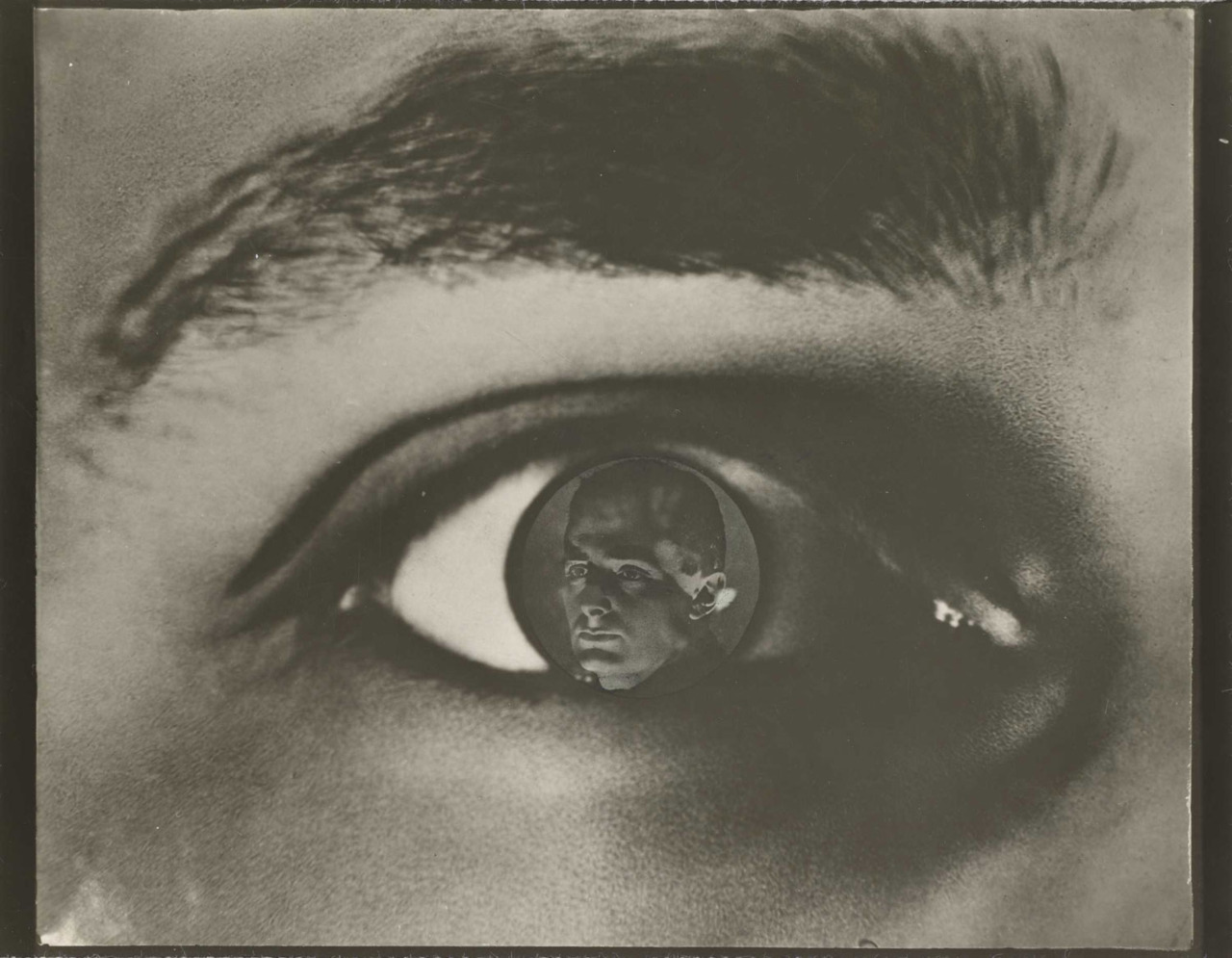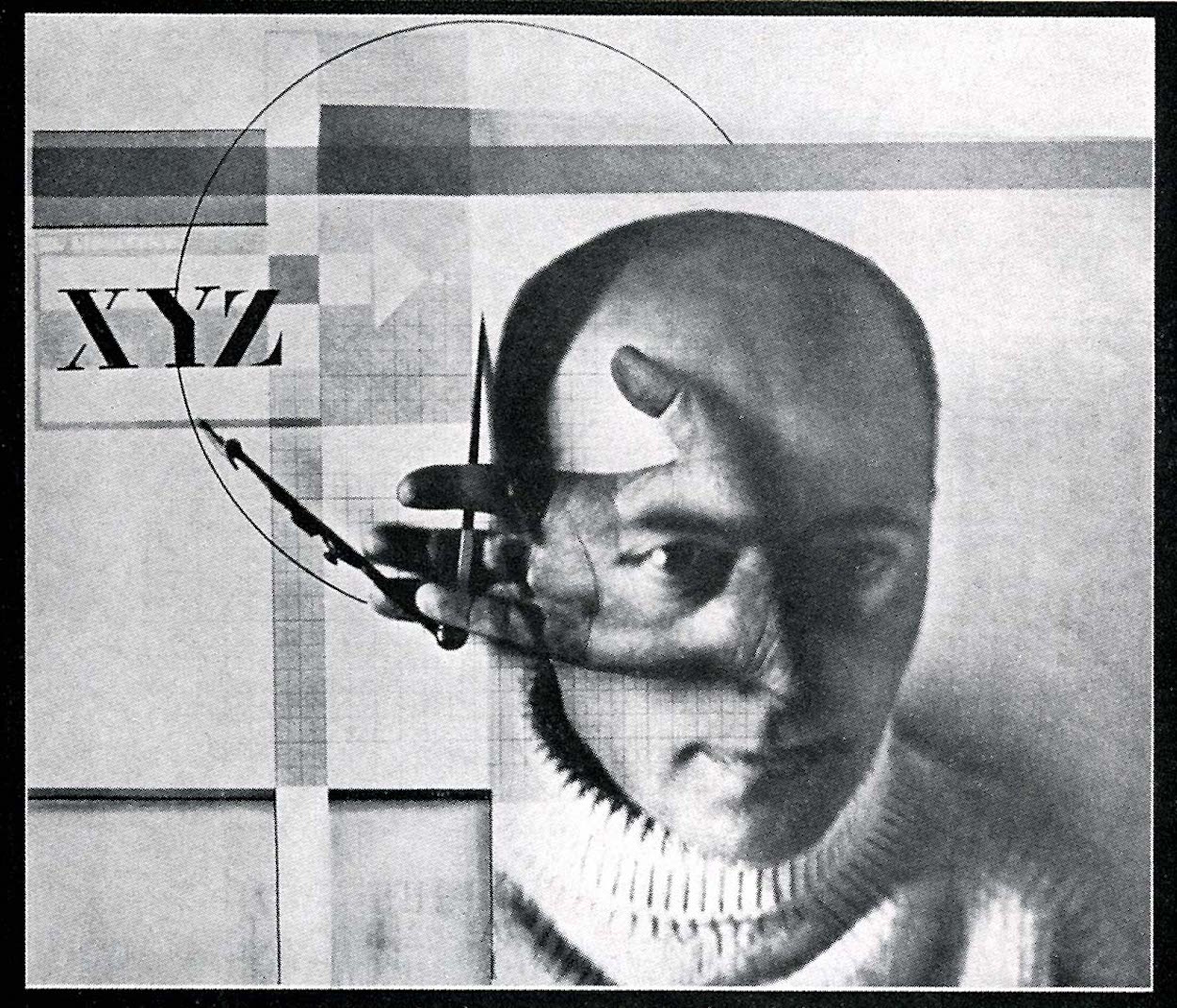El Lissitzky is well known for his radical innovations in photography, typography, and photomontage. He was a Russian artist, designer, photographer, typographer, polemicist and architect. As an important figure of the Russian avant-garde, he helped develop suprematism with his mentor, Kazimir Malevich, and designed numerous exhibition displays and propaganda works for the Soviet Union.
To create this photomontage, El Lissitzky mounted a portrait of pioneering documentary film producer Dziga Vertov within a photograph of an eye taken in 1924 by Alexander Rodchenko. The work is a reference to Dziga Vertov’s statement, “I am a mechanical eye. I, a machine, show you the world as only I can see it.” Vertov believed his concept of Kino-Glaz, or Cine-Eye in English, would help contemporary man evolve from a flawed creature into a higher, more precise form. “In the face of the machine we are ashamed of man’s inability to control himself,” he wrote.
El Lissitzky's work greatly influenced the Bauhaus and constructivist movements, and he experimented with production techniques and stylistic devices that would go on to dominate 20th-century graphic design.


 El Lissitzky
El Lissitzky